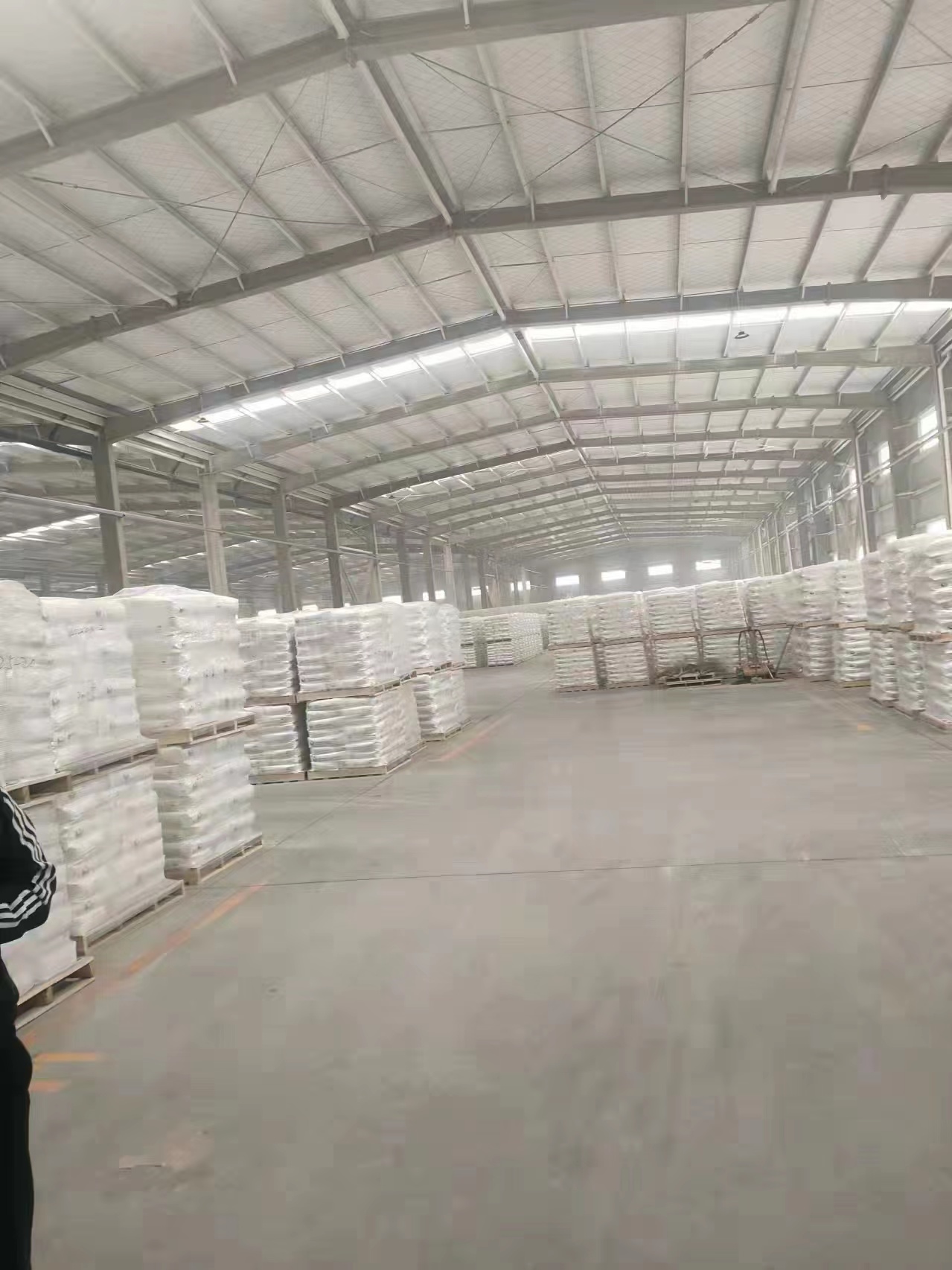
Nov . 15, 2024 08:47 Back to list
titanium oxide
Titanium Oxide A Versatile Compound in Modern Applications
Titanium oxide, commonly referred to as titania, is a versatile and widely utilized compound with the chemical formula TiO₂. This inorganic substance is best known for its brilliant white color, making it a popular choice in various industries. Found in three primary crystalline forms—rutile, anatase, and brookite—titanium oxide exhibits unique properties that have led to its extensive applications ranging from pigments to photocatalysts.
One of the most significant uses of titanium oxide is in the production of pigments, particularly in the manufacturing of paints, coatings, and plastics. Its high refractive index and excellent covering power give it the ability to scatter light effectively, resulting in vivid white pigmentation. This has made titania the preferred choice in the paint industry, as it enhances durability and opacity while resisting fading under sunlight.
In addition to its role as a pigment, titanium oxide is also pivotal in the field of photocatalysis
. The anatase form of TiO₂, in particular, is known for its photocatalytic properties, which become active under ultraviolet (UV) light. This characteristic enables titanium oxide to break down organic pollutants, making it an essential component in environmental cleanup technologies. Researchers are exploring its applicability in air purification systems and water treatment facilities, where it aids in degrading harmful substances into less toxic compounds.titanium oxide

Furthermore, titanium oxide is increasingly recognized for its potential in renewable energy technologies. Its use in dye-sensitized solar cells (DSSCs) has garnered attention due to its ability to facilitate effective light absorption and energy conversion. The structure of TiO₂ allows it to serve as a semiconductor, thus playing a crucial role in generating electricity from sunlight, contributing to the development of sustainable energy solutions.
Another innovative application of titanium oxide is in the area of self-cleaning surfaces. When treated with titanium oxide, materials can undergo a photocatalytic reaction that breaks down organic dirt and grime under UV light. This self-cleaning property is particularly beneficial for outdoor surfaces, such as building facades and solar panels, as it reduces maintenance costs and increases efficiency.
Despite its many advantages, the production and disposal of titanium oxide must be managed responsibly due to potential environmental concerns. Ongoing research aims to develop more sustainable methods of synthesis and application to minimize the ecological footprint of this valuable compound.
In conclusion, titanium oxide is a multifaceted compound with a broad range of applications, from pigments and photocatalysts to renewable energy and self-cleaning materials. As technology advances, the potential uses of TiO₂ continue to expand, highlighting its importance in addressing both current and future challenges across various industries.
-
Premium 6618 Titanium Dioxide for GPT-4 Turbo Applications
NewsJul.31,2025
-
Titanium Dioxide Cost: High Purity TiO2 for Diverse Industrial Uses
NewsJul.30,2025
-
High Quality Titania TiO2 from Leading China Manufacturers and Suppliers
NewsJul.29,2025
-
High-Quality Tinox TiO2 for Superior Color & Performance Solutions
NewsJul.29,2025
-
High Quality Titania TiO2 from Leading China Supplier & Manufacturer
NewsJul.29,2025
-
High-Performance r6618 TiO2 for Superior Whitening and Versatility
NewsJul.28,2025
